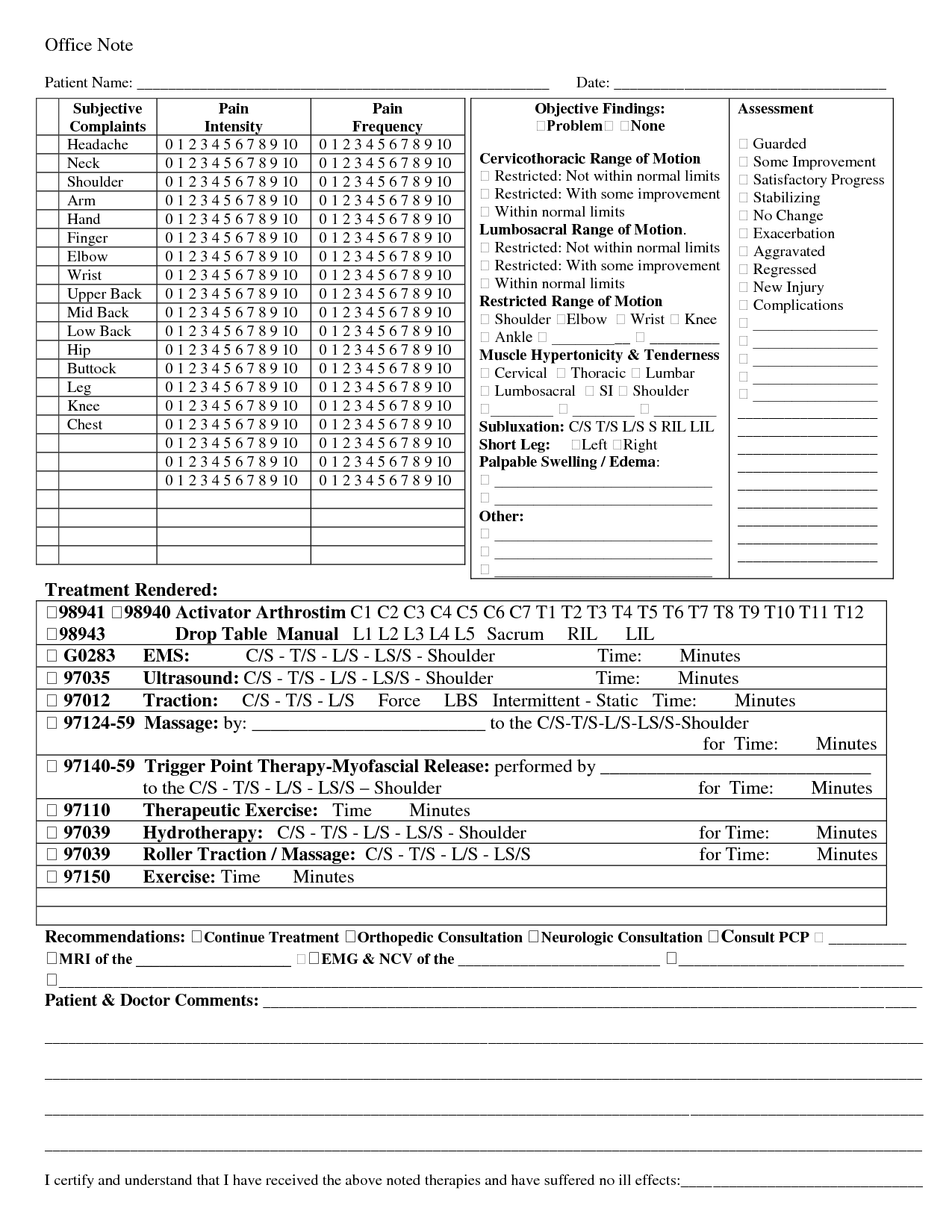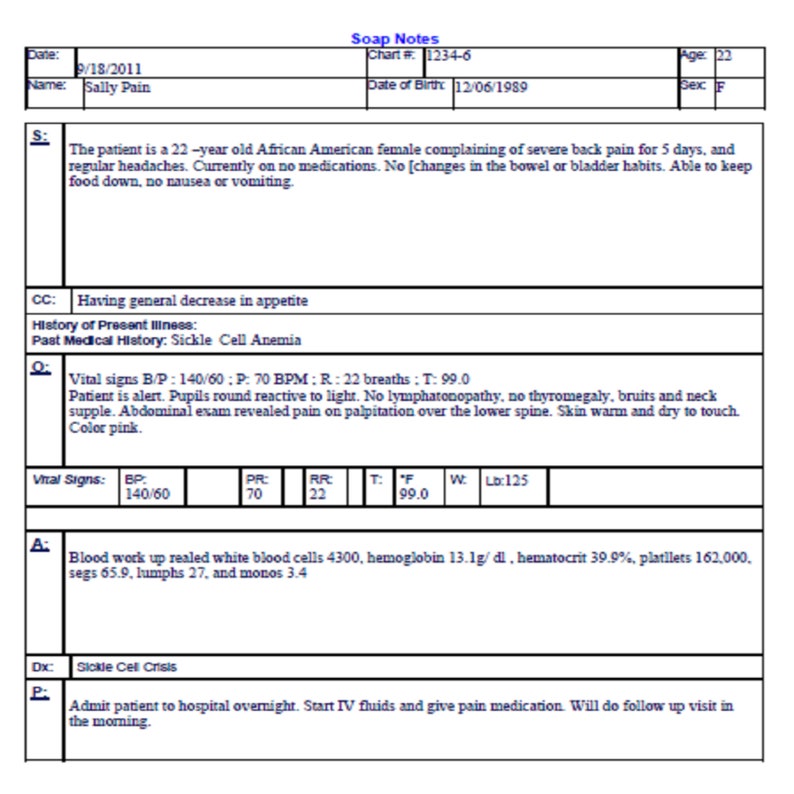

The plan for future therapy is the last section of the DAP note. Is there any progress being made? Is there a specific diagnostic or issue that needs to be addressed based on the data? “What does the data mean?” to put it another way. In the assessment portion, there are a few key questions to answer: Is the client attempting to resolve their issues? What evidence does the data show that they are paying attention to their treatment goals? The DAP note’s assessment section represents the clinician’s interpretation. “What did I see?” is a broad question that encapsulates this section. They might write down that a client “appears agitated,” for example.

The majority of this data comes from client self-report, but clinical observations are also useful.ĭespite the fact that the majority of the data will be objective, the doctor may add some subjectivity to the process at times. It is a summary of all the data gathered. Let’s take a closer look at each section of the DAP note:Įverything you heard and saw at the session is included in the data component of DAP notes. This indicates it’s part of the official record and can be shared. It’s critical to remember that a DAP letter is a progress note, not a note for personal psychotherapy. Unless the therapist is working in a medical setting where case notes must be shared, the Standard Progress Note format may be more appealing and simpler to utilize. Patient Presentation, Safety Issues, Interventions, Goals, and Objectives are examples of DAP Notes. The client’s response to a session is noted in the Assessment portion of DAP notes. DARP notes are the result of some practitioners adding an additional Response section.

Many therapists prefer this strategy because it is more suited to the subjectivity of behavioral health. Under the Data portion of DAP notes, subjective and objective observations are combined. It’s a straightforward and thorough template for keeping track of your notes.ĭAP notes are a way to keep track of progress and are part of the client’s file, that may be shared with the client and third parties upon request. The abbreviation DAP stands for Data, Assessment, and Plan. As a result, they play a critical role in communicating information including current patient care, treatment plans, and medical history so that other healthcare professionals don’t have to start from scratch every time they meet with a new patient. In many circumstances, progress notes will be shared with other professionals collaborating with a patient’s treatment plan. Specific information regarding treatments and responses should be included.Īs such, mental health progress notes should not contain your own feelings or judgments, but rather should describe the clinician’s actions, the client’s answers, and the observed change (the results of the interventions and responses). They will, in general, be related to the treatment plan, as well as notes of pertinent episodes that occur during the treatment session.

But, before we get any farther with these two, let’s take a step back and examine the purpose of progress notes in the context of mental health.Ī clinician (such as a psychologist) takes these notes during a session with a patient. SOAP and DAP notes are the most prevalent of the several forms of mental health notes. concise – it can be tough to determine what to include and what to leave out. However, with so many options - digital vs. Keeping strong mental health progress records is important for guiding clients to the greatest possible outcomes, as well as for your personal reference and protection, and for other practitioners who might need to see the notes. So, how can you figure out which option is ideal for your practice? Each strategy has its own set of advantages and disadvantages. Some people prefer to keep their records as complete as possible, while others only include the information that is absolutely necessary. The optimal way to create mental health progress notes is a subject of debate among therapists.


 0 kommentar(er)
0 kommentar(er)
